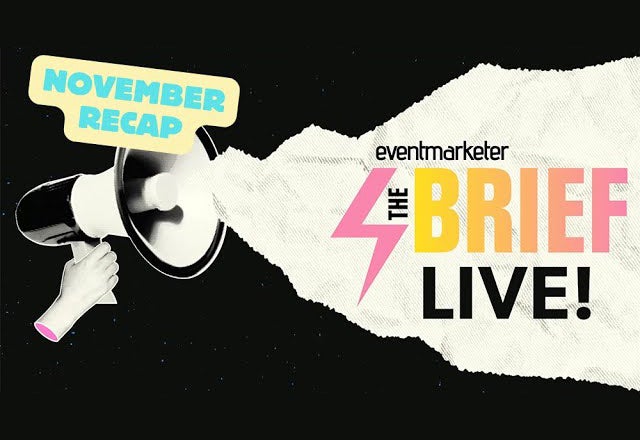"Way back" in July 2005, News Corp went from a company known for its not quite Fair and Balanced Fox News (yet home to the Simpsons and Family Guy) to an interactive powerhouse. They did this almost overnight with their tour de force, and now part of Internet lore, acquisition of MySpace. In the twenty or so months since the newly created Fox Interactive has existed, they have purchased at least seven other companies and spent north of $1.5 billion building their digtal footprint. Their purchases have included Web 1.0, 2.0 and quite a few things in between (see the end of the article for a list). And, thanks predominantly to MySpace, the properties which comprise News Corp’s Fox Interactive Media earned another distinction this past December, number one in page views.
Number one in page views. Think about that for a second. Imagine creating a site that in a few short years has grown to challenge the internet greats, overtaking MSN and now Yahoo. Numbers in the billions of page views might sound digestible to those in the ad network space, but at 40 billion page views, which must translate into at least 100 billion ad impressions monthly, Fox Interactive Media has reached a scale that must make many ad networks envious. If you are Fox, what do you do now? You’ve already (almost) signed a $900 million multi-year deal with Google that signals your legitimacy and makes the once astronomical purchase price now a relative steal. What you need to do, and what Ashkan Karbasfrooshan of WebMojo suspected, is focus on making more money from your 40 billion plus page views. Doing that, means extracting more out of your display inventory. And, that’s just what Fox did in their recently announced acquisition of southern California based Strategic Data Corp.
As most people haven’t heard of Strategic Data Corp before, the acquisition doesn’t have the flair or sexiness of some of Fox’s other purchases. It only starts to become sexy when you look at the numbers behind the deal. Let’s assume MySpace serves 100 billion impressions monthly. Of those 100 billion, as many as 70 billion fall in the remnant category, i.e. they are not the first impressions that users see, show on pages with typically lower click throughs, and/or have limited to no targeting. I suspect that the company might earn as low as $.10 CPM and perhaps upwards of $.20 across those impressions, which translates into a not too shabby $7 million per month in revenue on the low end and, more than respectable, $14 million on the upper end. The exact display revenues are hard to estimate as the company runs both CPM ads, CPA ones, and quite a bit of CPC ads (independent of the Google deal), but if we take numbers floating around the Internet – $25 million monthly for MySpace (via Techcrunch) and 70% of revenues from premium CPM (Forbes) that leaves about $7 million. The only loser in this deal might be DoubleClick who will lose some of the ad serving revenue once MySpace integrates SDC.
Think of Strategic Data Corp as the web’s equivalent to a search engine marketing company. In search, more advertisers (certainly with respect to volume) than not, use third-party technology to help them manage their campaigns. With regards to SDC and Fox, think of each banner as the equivalent to a keyword, and each call for an ad like a query. The number of potential data points, i.e. what banner to show for what ad impression, becomes almost astronomical. Companies might have some simple rules for scheduling ads, but ad optimization is not their competency, but it is SDC’s. If you think of display ads as three components – the ads to show, the users to show them to, and the technology for determining which to show, SDC focuses only on the last. That is why most people hadn’t heard of them. If you had heard of them, it was most likely because you had inventory (as a site, or more likely a network) and they confidently came to tell you that they could make you more.
Like a search engine marketing firm, working with SDC meant handing over your inventory. Unlike any search engine marketing firm though, they received payment not on a percentage of spend, but on a percentage of lift. If memory serves correct, the cost to do business was low; they just wanted a fair chance; it wasn’t quite so easy as entering your banners into a system and away you go. As they like to tell it, clients might start with 10% of their inventory running through SDC then end up running 90%. If they take a 50/50 split and help an ad network that does $x million per month earn $1 million more, that could mean $500,000 to SDC. Apply this to MySpace and assume that SDC could take their remnant value from $7 million to $10 million monthly (these numbers and those earlier are just guesses), that means SDC has added $30 million to the top line. If the number is really $10 million base and they move it to $15 million (not unreasonable given the presumed relative unsophistication in the current technology), they added more than $50 million yearly. And, as MySpace grows, that value grows.
For SDC, Fox Interactive represents the perfect playground. SDC loves numbers and there might be no bigger display optimization problem to solve than this one. For Fox, they aren’t the first company to buy an optimization technology. AOL has done fabulously with its purchase of Advertising and, recently, Yahoo invested $40 million for 20% of Right Media. The only question might be with a reported price tag of $100 million, for a company that could add $30 million easily per annum, why didn’t SDC fetch a higher price tag. Perhaps this is the difference between a network – owning inventory and a pure technology play. It could be why Advertising.com went for $400+ million, Fastclick for a more modest $200 million and LowerMyBills going for north of $300 million. SDC is only as good as the clients it serves, which in the case of Fox meant the leverage went to Fox. It’s also probably why Fox wanted SDC – they could plug in the technology with no extraneous business to run or worry about.
Addendum:
News Corp transactions courtesy of Cliff Kurtzman’s M&A Deal Flow ,
August 2005 – Scout Media
September 2005 – IGN for $650M
November 2005 – Propertyfinder.com for $25.3M
May 2006 – kSolo
July 2006 – remaining 51% of Mykindaplace
September 2006 – 51% of Verisign’s Jamba for $187.5M
Ocobter 2006 – Milkround for $37M
February 2007 – Strategic Data Corp



